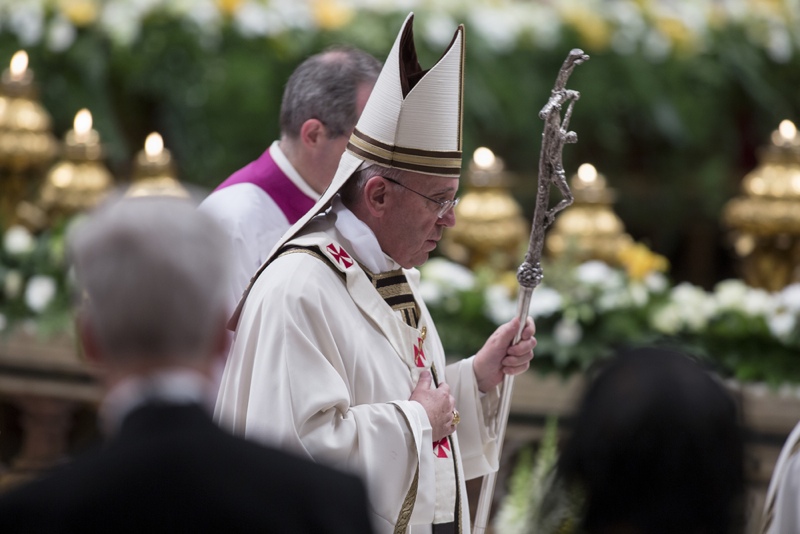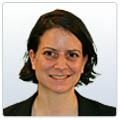New Saints: How the Vatican Decides on Its Holy Heroes

In declaring Pope John XXIII and Pope John Paul II saints today (April 27) in St. Peter's Square, Pope Francis, with the backing of the Vatican, confirmed in public that the two men had performed miracles.
But exactly how does the Vatican verify miracles and, in turn, declare someone a saint?
To the Catholic Church, declaring someone a saint means that person is in heaven with God. Though others may be in heaven, saints, according to the church, are definitely up there with God; as such, earthly humans can pray to these saints to intercede on their behalf with God, according to the church. [The Top 10 Most Controversial Miracles]
Confirming that a person is with God in heaven is no easy task for Vatican officials. Enter miracles, those divine events with no scientific, or natural, explanation, which serve as proof that the miracle-maker is in heaven and can intervene to change the course of everyday happenings. To be deemed a saint, a pope or other person has to have performed at least two documented miracles, unless the current pope says otherwise.
In fact, last summer, the Vatican confirmed that Pope John Paul II, who died on April 2, 2005, had performed two miracles. Today's gathering was just the official canonizing ceremony.
Here's how the process of determining sainthood works:
The Vatican thoroughly examines the potential saint's life; if deemed a virtuous life, the person is said to be a servant of God. If the person showed heroic levels of virtue when alive, that person is considered venerable.
Get the world’s most fascinating discoveries delivered straight to your inbox.
The real test comes after death, as the person must have performed two verified miracles. To verify miracles, a Vatican-appointed Miracle Commission — typically made up of theologians and scientific experts — looks through hundreds or even thousands of claims of miracles.
Just about all of these divine interventions are medical miracles, Michael O'Neill, who runs the website MiracleHunter.com, told Live Science in 2013 when Pope John Paul II's miracles were verified.
"They need to be spontaneous, instantaneous and complete healing. Doctors have to say, 'We don't have any natural explanation of what happened,'" O'Neill said at the time.
In addition, the healed person must have prayed solely to one person, such as one of the two popes declared saints today, O'Neill said.
Pope John Paul II's two miracles included: posthumously healing a French nun suffering from Parkinson's disease in 2010; and healing a Costa Rican woman's brain injury.
Francis apparently changed the sainthood rules, allowing Pope John XXIII to be canonized as such with just one verified miracle, according to the National Catholic Reporter. John, in 2000, was credited with healing an Italian nun who had severe internal hemorrhages, according to NCR.
Before 1531, saints were determined mostly through tradition or martyrdom, while miracles weren't required. At one point, three miracles were required of saints; Pope John Paul II changed that number to two during his tenure.
Scientific advancement has also made confirming miracles more difficult, as what couldn't be explained by science in the past now can be. [Jesus vs. Scientists: Who's Better at Miracles?]
Miracles are still required for sainthood, though perhaps they are declining in their importance as criteria for saints, Rev. Stephan Bevans, a theology professor at the Catholic Theological Union, told Live Science in 2013. "It's the holiness of the life of the person that counts."
Pope Francis, during his canonization ceremony today, said: "These were two men of courage, filled with the parrhesia of the Holy Spirit, and they bore witness before the Church and the world to God's goodness and mercy."
Follow Jeanna Bryner on Twitter and Google+. Follow us @livescience, Facebook & Google+. Original article on LiveScience.



